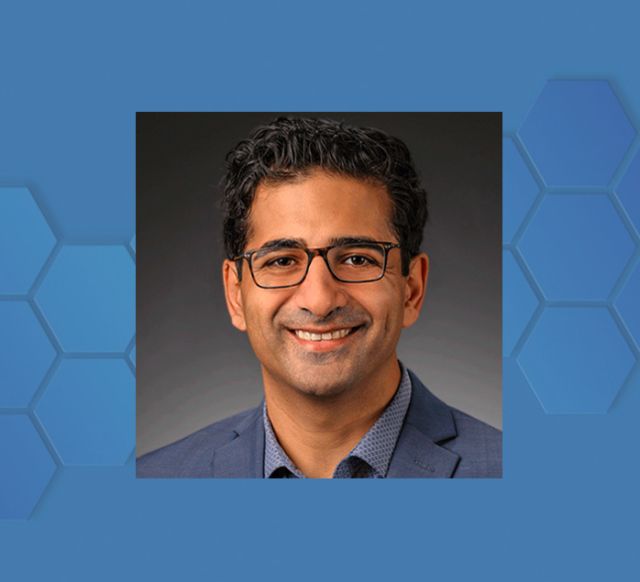Çamsarı: Misha Mahowald Prize
ECE Associate Professor Kerem Çamsarı and group receive the prestigious Misha Mahowald Prize in Neuromorphic Engineering

From the COE News article "Major Award for Kerem Çamsarı"
Kerem Çamsarı, associate professor in the UC Santa Barbara Electrical and Computer Engineering Department, and a team comprising PhD students Navid Anjum Aadit, Shaila Niazi, Kemal Selçuk, and Nihal Sanjay Singh, as well as postdoctoral researcher Shuvro Chowdhury, has received the prestigious Misha Mahowald Prize in Neuromorphic Engineering. This award, presented only when an entrant meets its high selection standards, was bestowed on the team led by Çamsarı, director of the Orchestrating Physics for Unconventional Systems (OPUS) Lab, for their work on Stochastic Neuromorphic Computing with Probabilistic Bits. The honor includes a $10,000 cash prize.
The prize is named after the late Misha Mahowald, a Caltech graduate student in the 1980s who was a pioneer in biomimicry, a field in which systems are designed to emulate natural processes. With an undergraduate background in biology and a PhD in Computation and Neural Systems, Mahowald made significant contributions, including inventing the silicon retina, which uses analog electrical circuits to replicate key functions of the biological retina.
It is well established that the human brain operates through networks of neurons that enable both communication and computation. Çamsarı explains that his lab’s central challenge is to design electronic circuits and systems that capture certain aspects of this functionality. In their work on probabilistic bits (p-bits), the team draws inspiration from early biomimetic approaches, but intentionally adopts a model that is quite simplified compared to the intricate behavior of biological neurons. In this way, while the systems evoke some features of neural connectivity, they are not intended to fully replicate the complexity of biological neural circuits.
Çamsarı’s lab has attracted considerable attention for developing and applying p-bits to address high-order optimization problems with enhanced speed and energy efficiency compared to traditional computing methods. He said that he appreciated the award citation for recognizing the originality and novelty of their approach, acknowledging the pioneering contributions of both Misha Mahowald and her mentor, Caltech professor Carver Mead.
A central concept in Çamsarı’s research is network sparsity. He notes that, in many machine-learning models, every neuron is connected to every other neuron — a configuration that is manageable in software but poses significant challenges for hardware because of the extensive wiring it requires. He explains by drawing an analogy to the “six degrees of separation” phenomenon: although individuals in a community may not be directly acquainted, they remain only a few introductions away from any other person. Similarly, in a sparse network, each p-bit is not directly connected to every other p-bit yet remains accessible through a limited number of intermediary connections.
Another aspect of the research focuses on quantum simulation, specifically on determining which problems truly require qubits (quantum bits) and which can be addressed effectively using p-bits. That consideration, Çamsarı explains, is particularly relevant for tasks such as simulating molecular properties, a critical step in drug design. By making it possible to simulate and test new molecular configurations without resorting to costly experimental setups, these approaches highlight the complementary roles of p-bit and quantum-based methods. As he acknowledges, while p-bits can efficiently tackle a range of optimization problems, certain challenges, such as those in drug discovery, molecular prediction, and chemical simulations, remain domains where quantum computers are indispensable. This ongoing dialogue continues to shape the field.